Your brain is powerful. You can even use it to think about how the brain itself works. But this power doesn’t make your brain immune to factors that impact the rest of your body. Lifestyle and environment can affect your brain health. Luckily, there are nutrients for brain health shown to support cognitive function.
You’ll read about a handful of the most important nutrients for your brain. And you’ll find brain foods that contain these key nutritional components of maintaining cognitive health.
Healthy Lipids
For a long time, dietary fats (lipids) have been connected to brain health. Originally, lipids’ effect on the cardiovascular system was thought to facilitate that connection. But more recent research shows beneficial dietary fats have more direct actions on the brain.
Omega-3 polyunsaturated fatty acids (like DHA from fish oil) normally make up cell membranes throughout your body. And like other saturated fats, they’re fundamental building blocks for your brain cells. That’s part of the reason fish is often called a brain food.
But fatty, cold-water fish aren’t the only food you should turn to for healthy lipids for supporting brain health. Add these options to your brain health shopping list:
- Avocados
- Nuts (almonds to walnuts and everything in between)
- Seeds
- Plant-based oils
- Soybean
Flavonoids
The antioxidant effects of flavonoids are well-established in a test-tube setting. But these plant compounds—like cocoa, ginkgo, and grape-seed extracts—have more complex actions in the body that is are continually being researched.
Some flavonoids show promising results in maintaining healthy brain function. Quercetin—a flavonoid that’s a major component of ginkgo biloba extracts—has been shown to maintain memory and learning abilities in some studies. Further research on the subject is needed.
Flavonoids come from a variety of colorful plant foods. That provides ample options for packing your diet with flavonoids. Try these:
- Berries
- Dark chocolate
- Dark green, leafy vegetables
- Grapes
- Tea
- Plums
- Broccoli
Carotenoids
Like their phytonutrient cousins, carotenoids are pigments, providing color to fruits and vegetables. The yellows, reds, and oranges bringing warm color to your diet come from carotenoids.
Some powerful members of this phytonutrient family—lutein and zeaxanthin—are more known for supporting eye health than the brain. But research has shown ties between these carotenoids and maintaining normal, healthy cognitive function.
Other carotenoids are sought out by the brain. They are used as antioxidants to help protect your brain from oxidative stress.
To help in your brain’s quest for more carotenoids, turn to:
- Carrots
- Pumpkin
- Spinach
- Sweet potatoes
- Red bell peppers
- Tomatoes (canned and raw)
- Kale
B Vitamins
Adequate levels of the B vitamin folate are essential for brain function. The proof? Folate deficiency can lead to neurological and cognitive issues.
Clinical trial results have deepened the connection between folate and cognitive function. These studies have shown folate supplementation—by itself or in conjunction with other B vitamins (B6 and B12)—to be effective at maintaining healthy cognitive function during aging.
Finding folate and other B vitamins is fairly easy. Seek out these foods:
- Legumes
- Spinach
- Broccoli
- Asparagus
- Enriched grains
- Beef, seafood, and eggs (for vitamin B12)
- Bananas, potatoes, and nuts (for vitamin B6)
Vitamin E, or α-tocopherol
Looking up brain foods will often lead you to nuts and fish. Part of that, as you read above, is thanks to healthy fats. But many nuts also pack an important vitamin payload. They are often packed full of vitamin E.
This powerful antioxidant also has studied links to cognitive performance. One example that sticks out is an association between dipping serum levels of vitamin E and poor memory performance in older individuals.
So, remember to add these good sources of vitamin E to your menu:
- Nuts
- Plant oils
- Green vegetables
- Blackberries
- Broccoli
- Sunflower seeds
Calcium and Magnesium
Your brain works so well because of the interconnectedness of your neurons and their ability to communicate. Two minerals—calcium and magnesium—play a big role keeping communications flowing.
You know them better for bone health benefits. But these minerals help your brain, too. Calcium aids proper functioning of nerve cells and helps control the flow of neurotransmitters. Magnesium plays a role in impulse transmission. And it also helps your brain unlock all the benefits of B vitamins by catalyzing their transition to active forms.
Luckily, these mighty minerals are widely available in your diet. Calcium can be found in dairy products, beans, oranges, cabbage and kale. Magnesium is available in nuts, whole grains, milk, meats, and green, leafy vegetables.
Other Nutrients for Brain Health
Here’s a short list of the other nutrients with researched roles in brain health:
- Alpha lipoic acid has been shown to maintain memory and cognitive function.
- Caffeine is more than a pick-me-up for your brain. There have been ties between caffeine consumption and the brain’s processing abilities.
- Zinc is an essential mineral that is found in the front part of your brain. More study is needed to determine mechanisms, but a lack of zinc has connections to numerous neurological issues.
- Curcumin is a strong antioxidant that seems to protect the brain from lipid peroxidation and nitric-oxide-based radicals.
- Several gut hormones or peptides—like leptin, ghrelin, glucagon-like peptide 1 (GLP1) and insulin—have been found to support healthy emotional response and cognitive processes.
Energy Production
The brain runs your body. And it takes a lot of energy to maintain proper operation. Healthy macronutrients are necessary to fuel your brain and provide the energy it needs.
The mechanisms involved in the transfer of energy from foods to neurons are likely to be fundamental to the control of brain function. Processes that are associated with the management of energy in neurons can affect brain plasticity.
Far-Reaching Impacts of Good Brain Nutrition
Lifestyle and diet have long-term effects on your health. That means they are likely underestimated for their importance to public health—especially when it comes to healthy aging.
But those factors are important to your brain.
The gradual and sometimes imperceptible cognitive decline that characterizes normal aging can be influenced by the nutrients you feed your brain through a healthy diet. So, properly fueling your brain to tackle your daily tasks should go hand-in-hand with long-term maintenance efforts. With so many delicious options, the burden of eating brain food shouldn’t be too hard to bear.
References
http://www.ncbi.nlm.nih.gov/pmc/articles/PMC2805706/
https://www.medicalnewstoday.com/articles/324044
https://www.health.harvard.edu/mind-and-mood/foods-linked-to-better-brainpower
https://www.newsweek.com/feed-brain-top-vitamins-minerals-cognition-495099
https://lpi.oregonstate.edu/mic/dietary-factors/phytochemicals/flavonoids
https://lpi.oregonstate.edu/mic/dietary-factors/phytochemicals/carotenoids





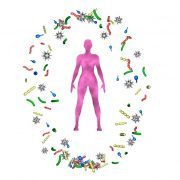
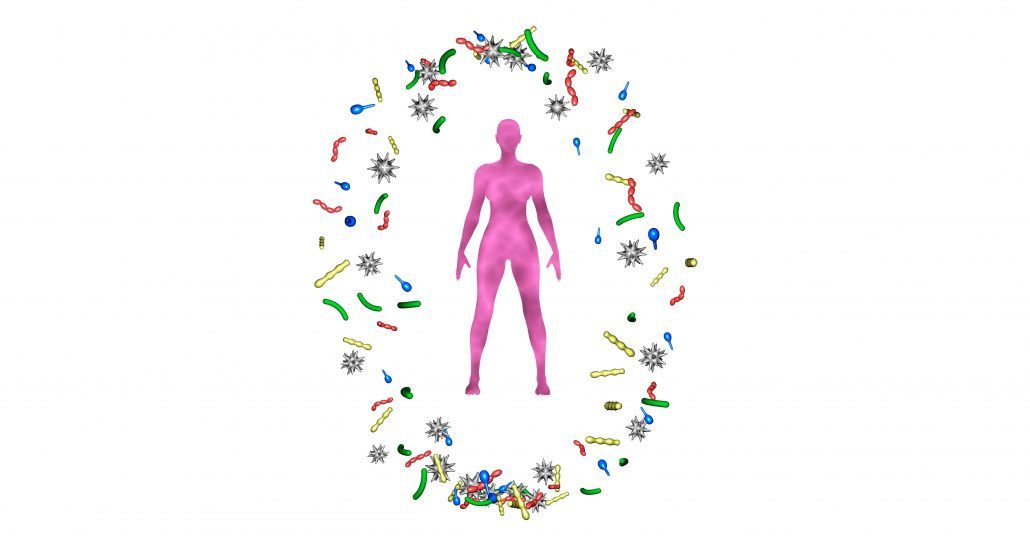





 Mixing fables and Internet fallacies blurs the line between fact and fiction. And that’s damaging because you can’t make smart decisions without accurate information.
Mixing fables and Internet fallacies blurs the line between fact and fiction. And that’s damaging because you can’t make smart decisions without accurate information.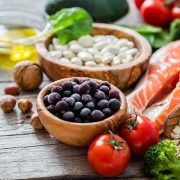
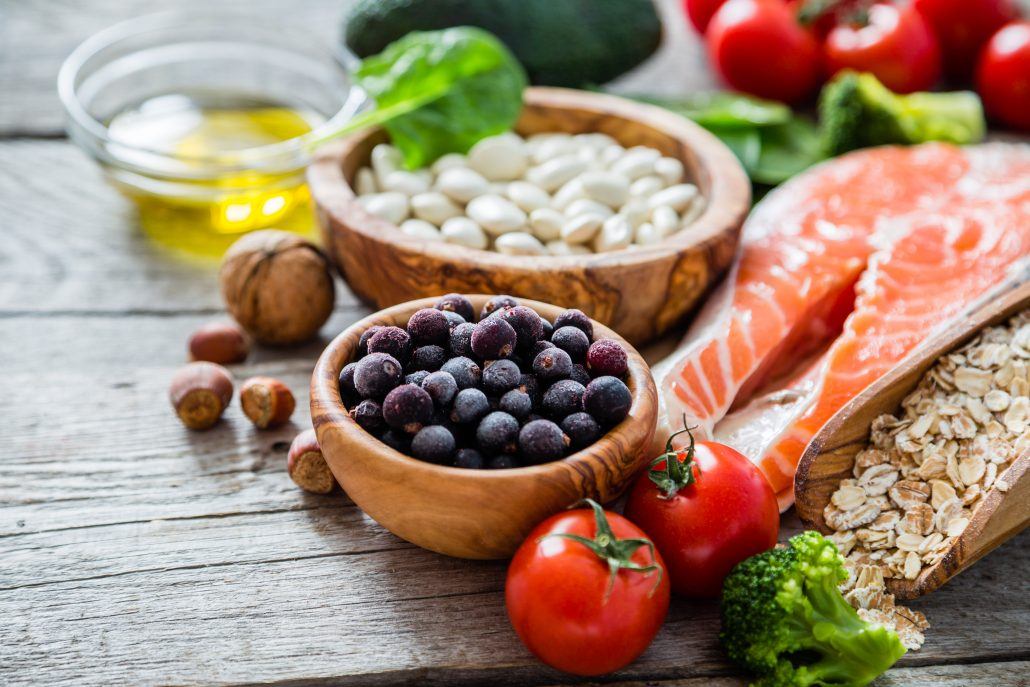

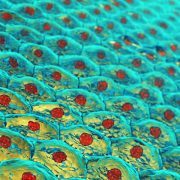
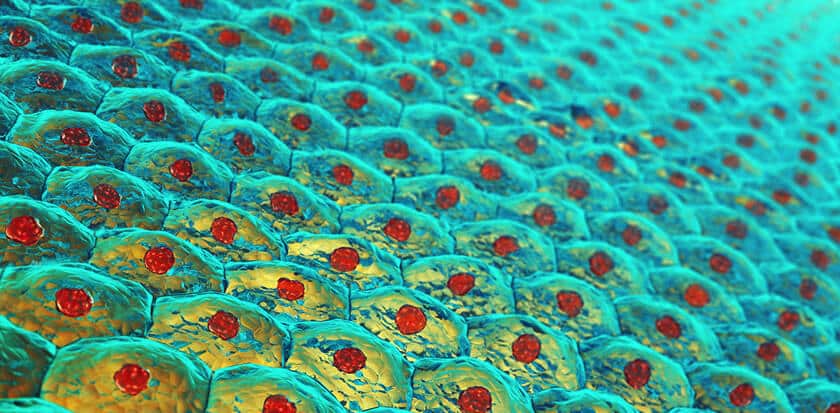
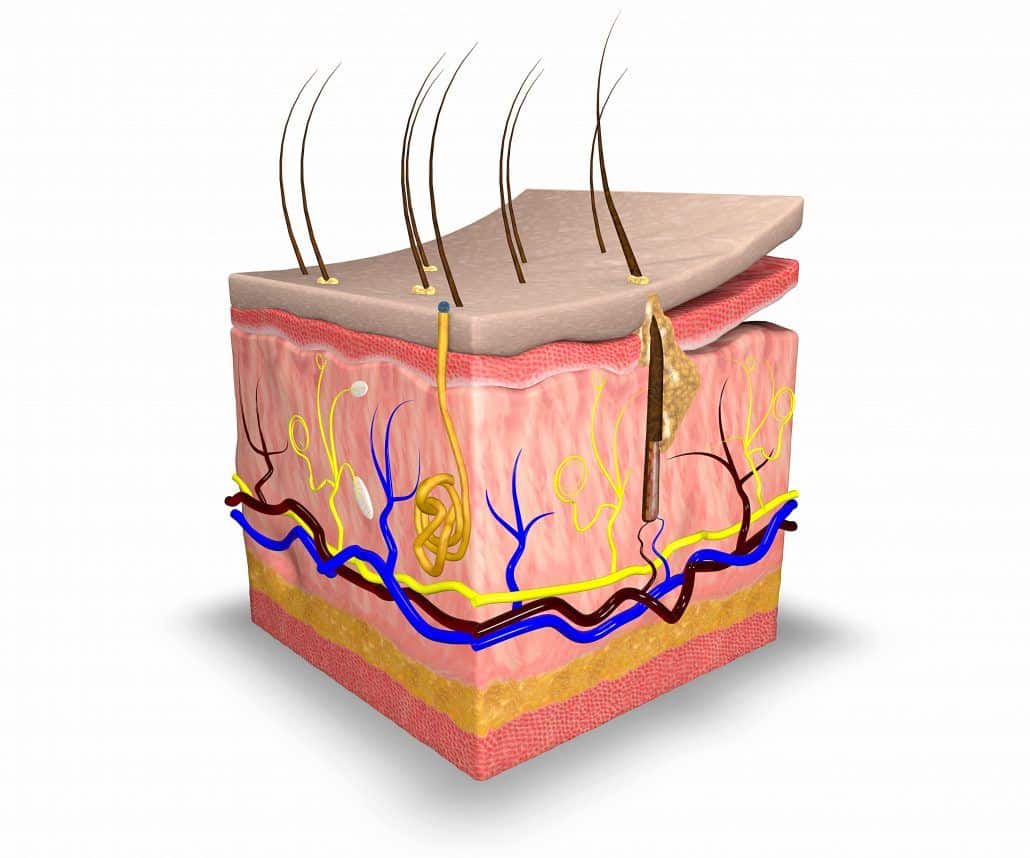
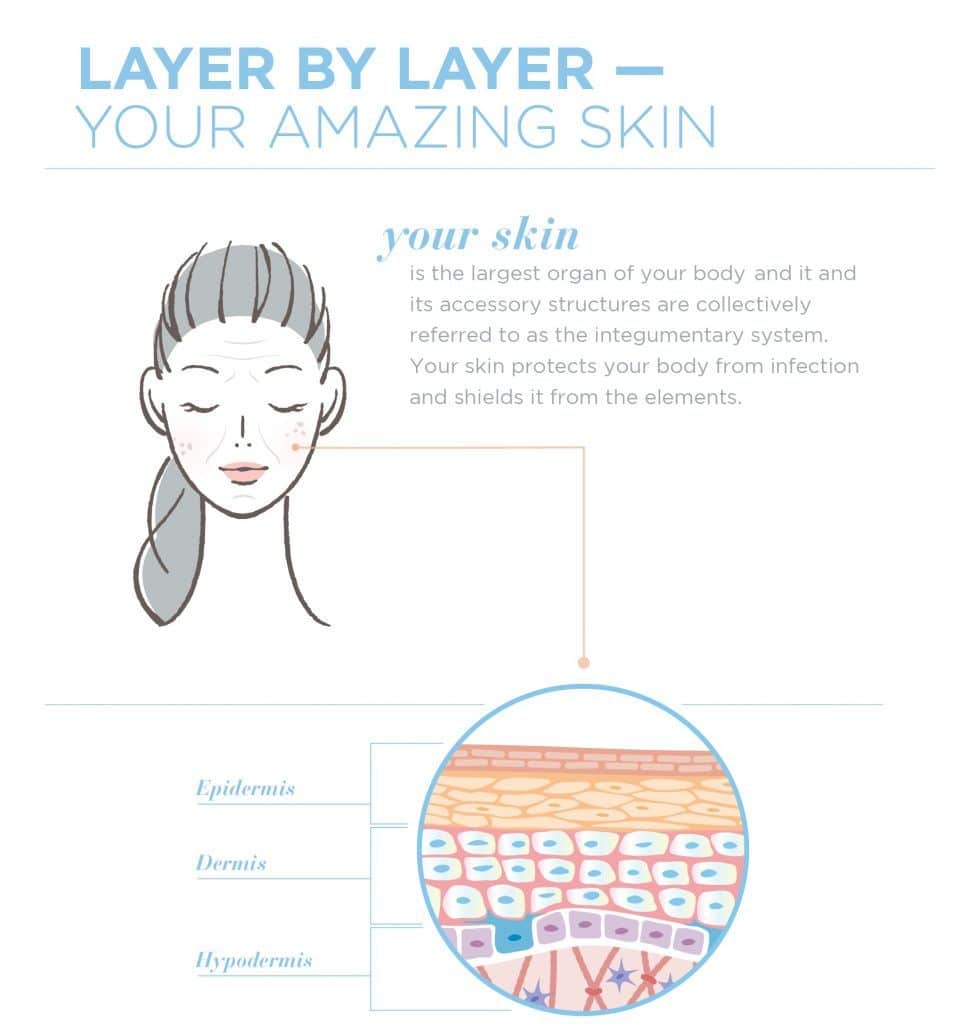


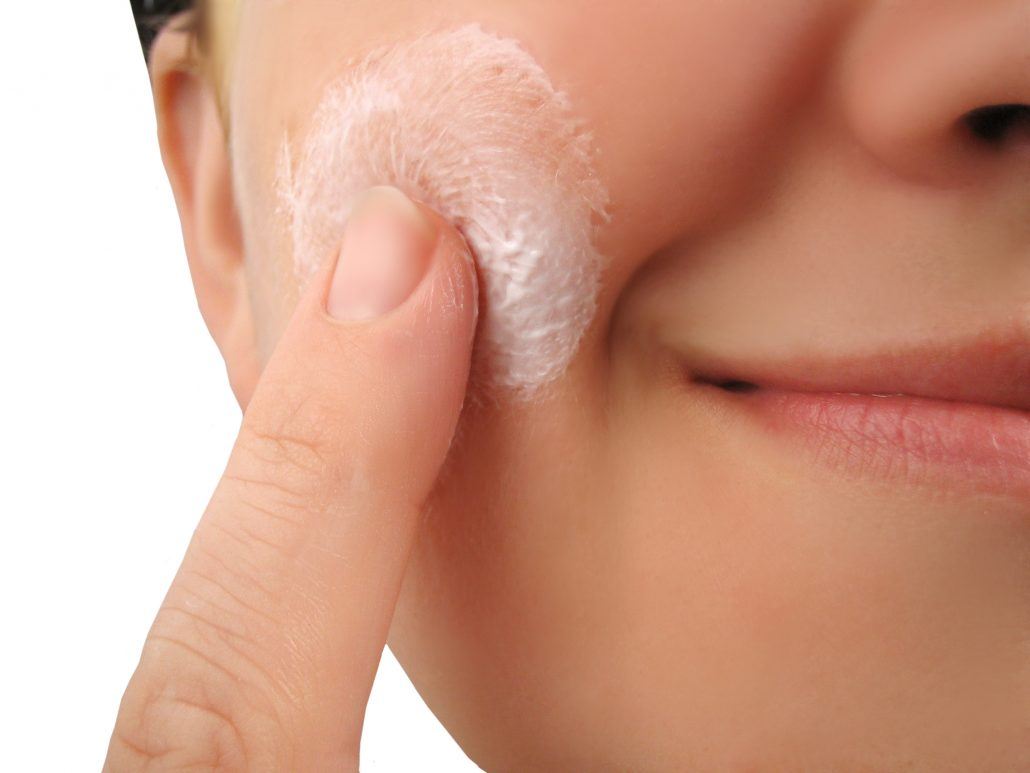
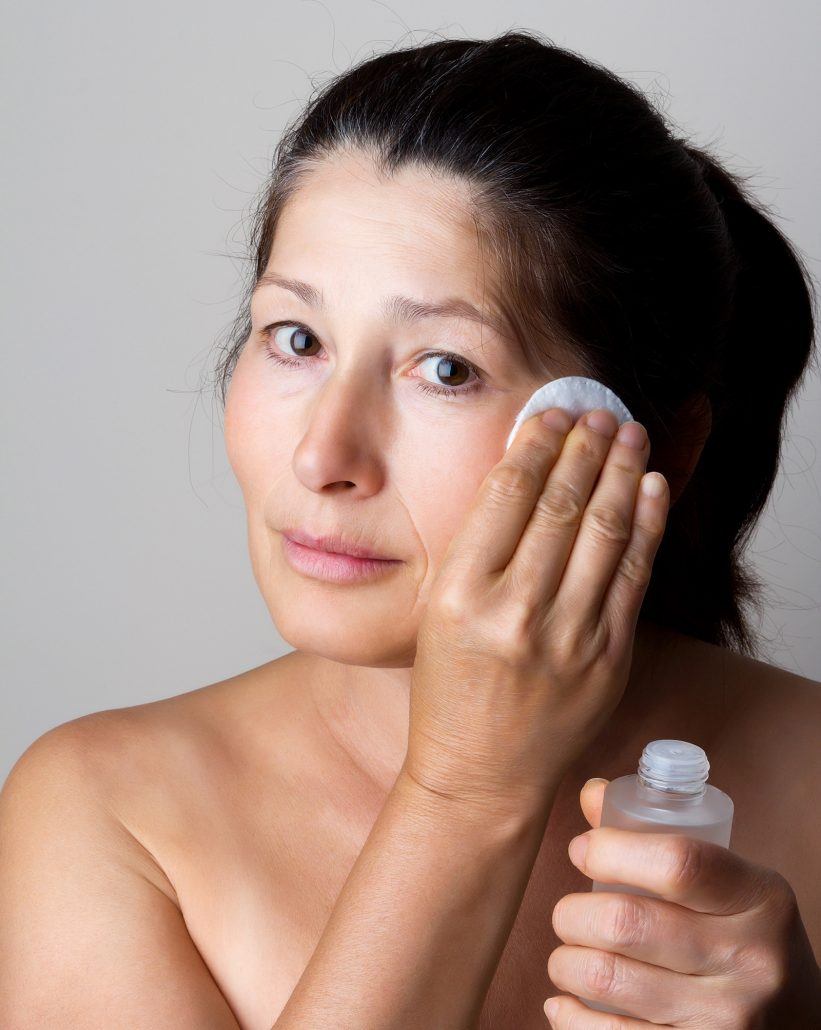







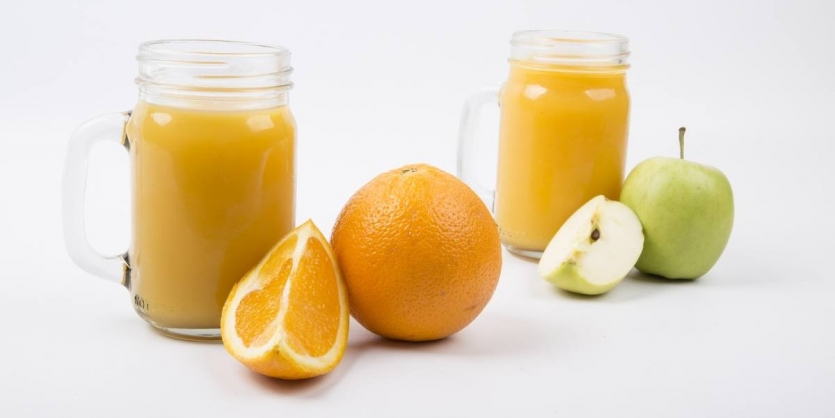 That’s an old adage. But what does it really mean?
That’s an old adage. But what does it really mean?